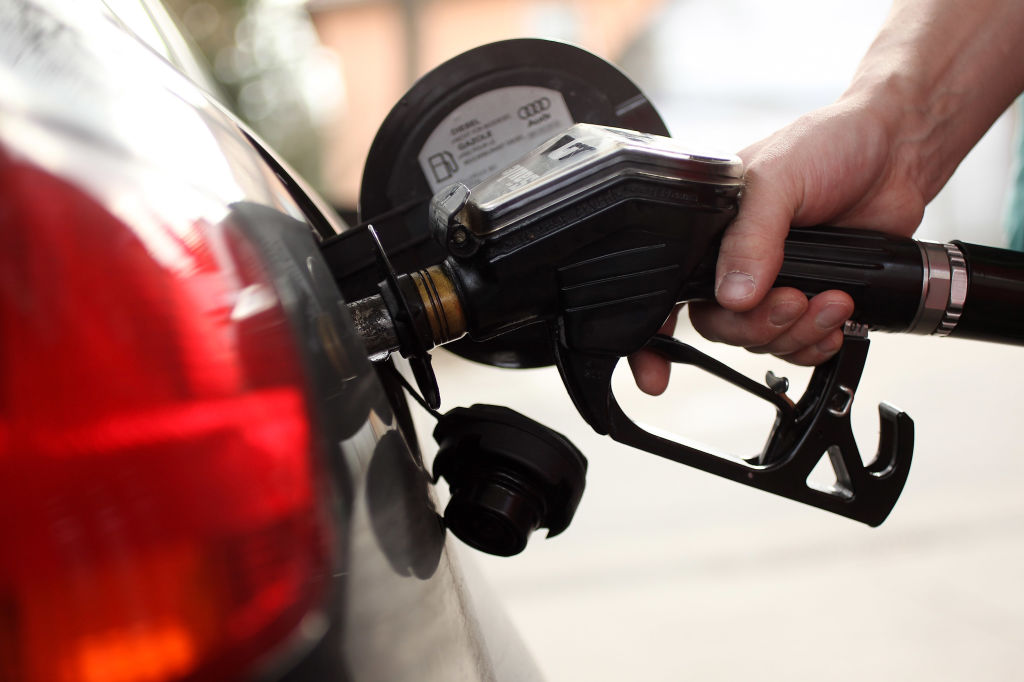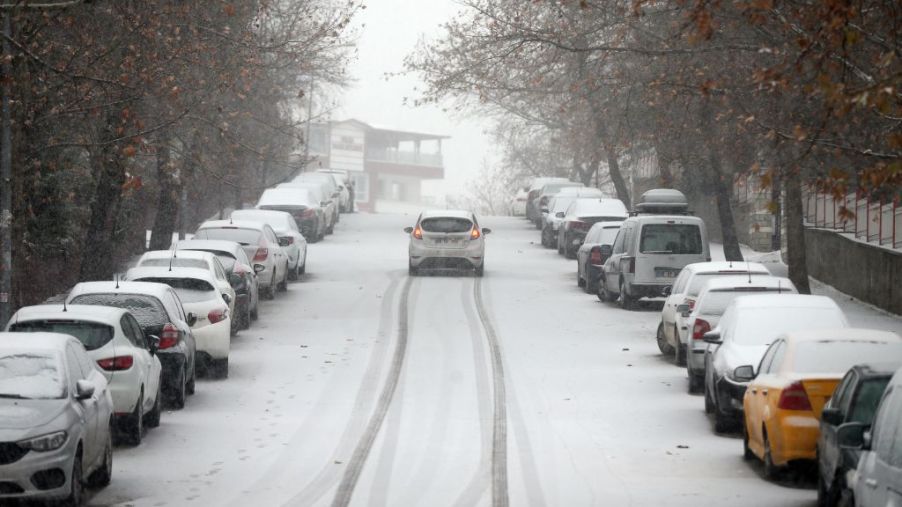
5 Winter Car Myths That Could Cost You More Money
It’s a no-brainer that we all need to be extra cautious during the wintertime, especially if you live in a snow state. And while it’s easy to take all of the necessary precautions when driving your car, it’s even easier to get wrapped up in the unnecessary information that’s been spread around about our caring for our cars during the wintertime. Here are five common myths about caring for your car during the wintertime, along with explanations for them.
Myth: Restarting your engine uses more fuel than idling
While you might think that letting your car run in the winter uses less fuel than it does to restart it, you’re wrong. If you’re waiting for longer than 30 seconds in your car then turn off your engine, your car uses more fuel idling for 30 seconds than it does if you have to restart it.
Myth: Your car needs to warm up in the winter
This is an age-old myth that seems like it won’t die until we’re all driving electric cars. Contrary to popular belief, you do not need to wait for your car to warm up during the winter, especially if you have a newer car.
Newer are designed to warm up while your drive, so after you give the car around 30 to 60 seconds of idling time, you can be on your way. Just take it easy for the first couple of minutes, since your car’s engine isn’t up to the proper operating temperature, you can cause a lot of harm to it if you accelerate heavily while it’s still cold.
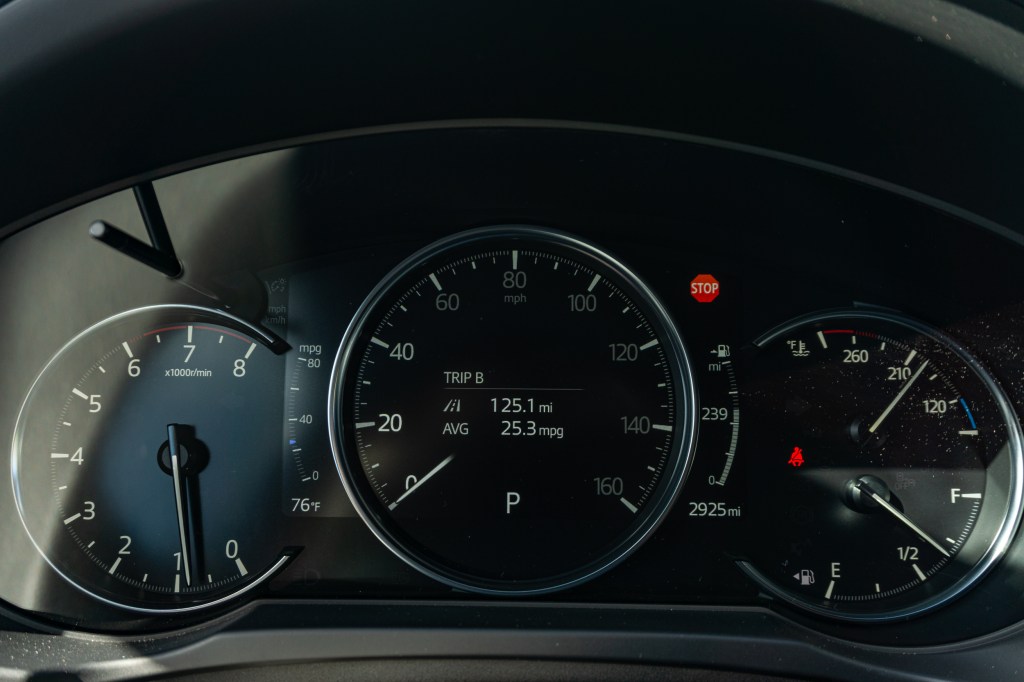
Myth: Seat warmers waste energy
Although they might seem like a luxury option, heated seats can actually save you more money in the long run. Since they are electrical, heated seats won’t use up any fuel like the regular heating system does while you’re waiting for the cabin to warm up.
Also, if your car never had the option for heated seats from the factory, or if it just simply doesn’t have them, then consider buying an aftermarket seat heating pad or getting seat heaters installed in the aftermarket.
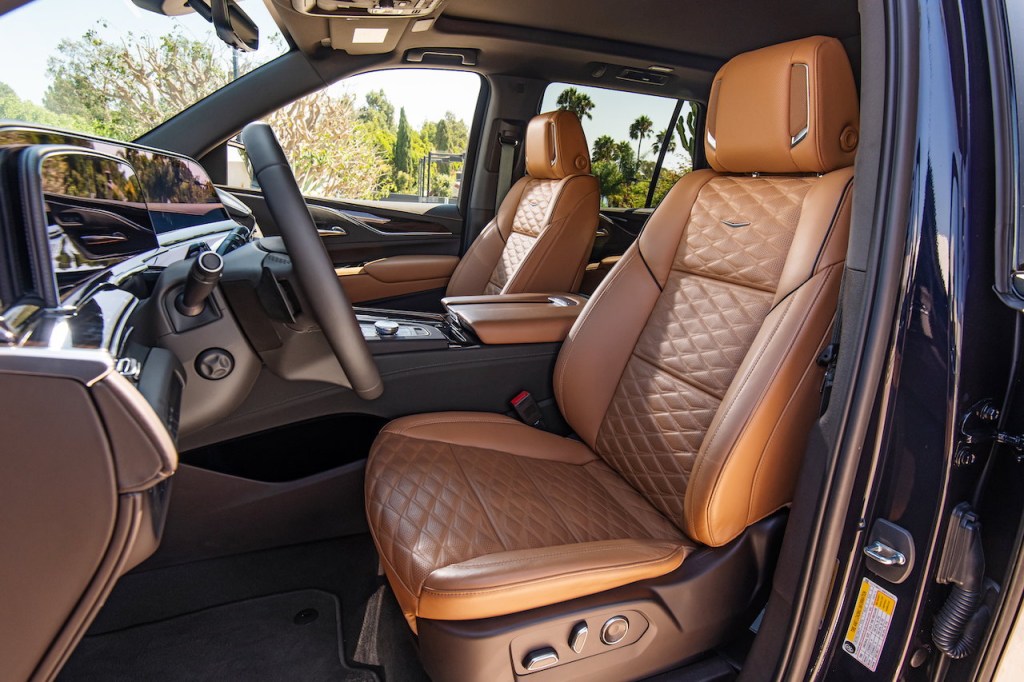
Myth: Changing your oil less frequently saves you money
While changing the oil in your car less frequently can definitely save you some money on oil changes, it won’t necessarily save you money on gas. If you change your oil regularly you will actually fill up on gas less often. Oil tends to get harder and thicker as it ages, especially if you live in a colder climate, which means that your car’s engine needs to work harder and, in turn, wastes more gas.
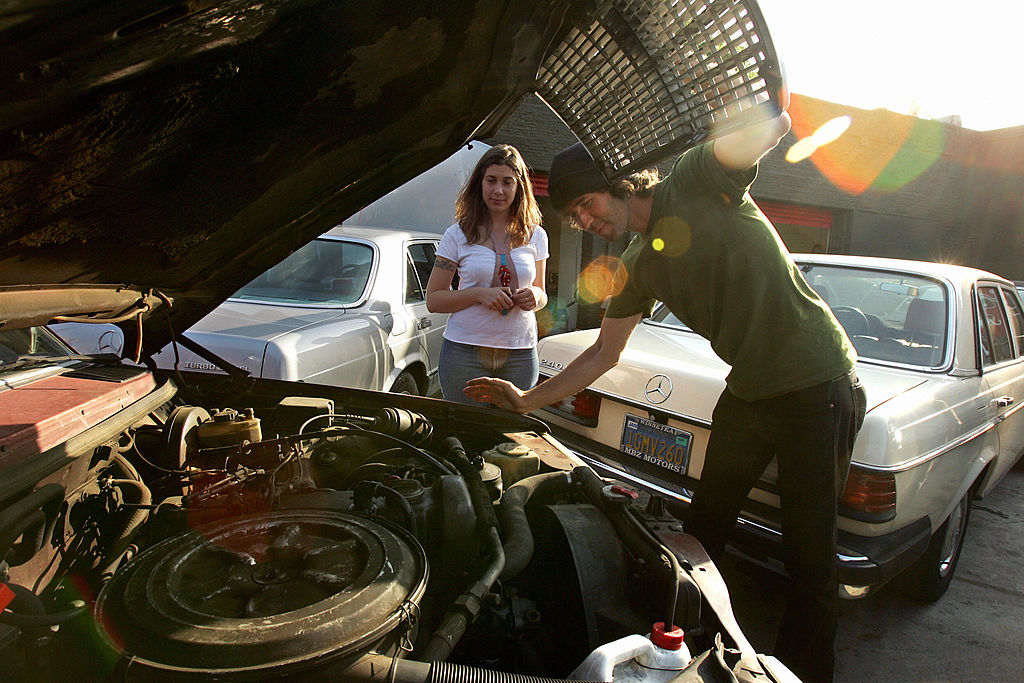
Myth: “Topping off” at the gas pump is worth it
When filling up your car, have you ever pulled the handle just a little more after it clicks? Maybe you’re trying to round up the total cost to the nearest cent or perhaps just want a little more juice from the pump, but in reality, you’re not doing yourself (or your bank account) any favors.
According to Everyman Driver, “Since the pump is only pumping out vapors at that point, they are automatically sucked back into the gas station’s pump. So even though you now have an exact dollar amount, you don’t have the extra fuel that you thought you did.”
